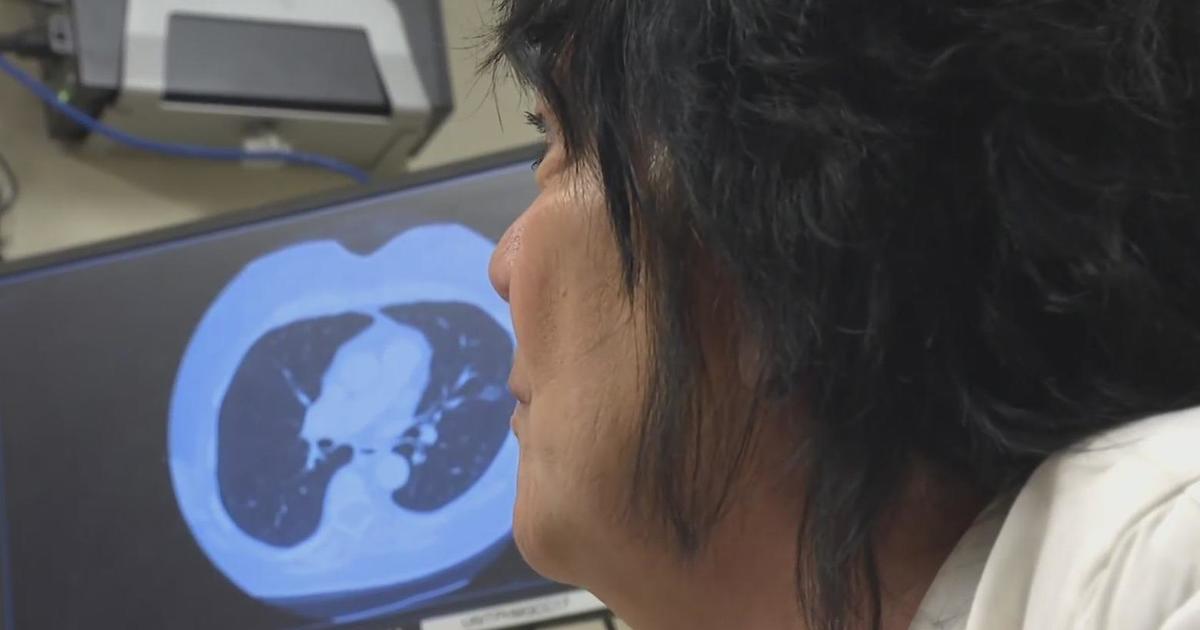New Treatment Allows Brain Aneurysm Patients To Avoid Major Surgery
PITTSBURGH (KDKA) -- Having a brain aneurysm is like having a ticking time bomb inside your head.
So, when a local woman suddenly found out she had one, she was glad to hear of a new treatment that allowed her to avoid major surgery.
Heidi Tomasko went to the doctor for some ear infections. Because they kept coming back, her doctor ordered an MRI scan. What the doctors saw was totally unrelated and unexpected.
Anuerysms in her brain.
"Oh, it was very scary," says Tomasko. "You know, that's not news you really want to hear. I kind of felt like I had a time bomb in my head."
An aneurysm is an abnormal ballooning of a blood vessel. About one in 50 Americans has an aneurysm in the brain. They may not even realize it. The risk, especially with the larger ones, is they can push on the brain, or rupture, leading to bleeding and stroke.
"For aneurysms that rupture, the likelihood the person will die immediately, is about 50 percent," says Dr. Andrew Ku, a neuroradiologist at Allegheny General Hospital.
Over the past 20 years, the favored approach has been coiling -- a tangle of metal snaked up through the artery from the groin to the brain to plug up the balloon-like bulge. But in Heidi's case, the bottom of the balloon was too wide, and the coil could fall out.
So as many have done over the past 70 years, she arranged to have surgery to clip the bulging brain artery.
Part of the pre-operative evaluation was an angiogram, or a dye x-ray of the vessels. The doctor who did the test offered her a newer option -- a wire mesh tube that bypasses the bulge -- making a new channel for blood flow.
"I have a husband, I have kids, you know, you want to be there for your family. But this seems safer and less invasive than having to cut into my head," says Tomasko.
The device was FDA approved about a year ago after being studied in about 100 patients, with slightly longer and more extensive experience abroad. This technique isn't available just anywhere. Doctors have to be specially trained to handle the twists and turns of the brain's circulation.
"The more turns you have the harder it is to push the device through," says Dr. Ku.
For more than 90 percent of the people who have this done in line with FDA indications, their aneurysms shrink down.
Heidi was the first to get this done at Allegheny General Hospital -- but thanks to on-line support from patients in Europe who have had success, she didn't feel alone. As they did, she has a follow up angiogram in a few months, and is hoping for the best.
"As each person gets theirs, and their aneurysm is gone, we all celebrate together and cheer each other on. So I look forward to the day when I can say mine is gone too," says Tomasko.
RELATED LINKS:
More Health News
More Featured Stories



